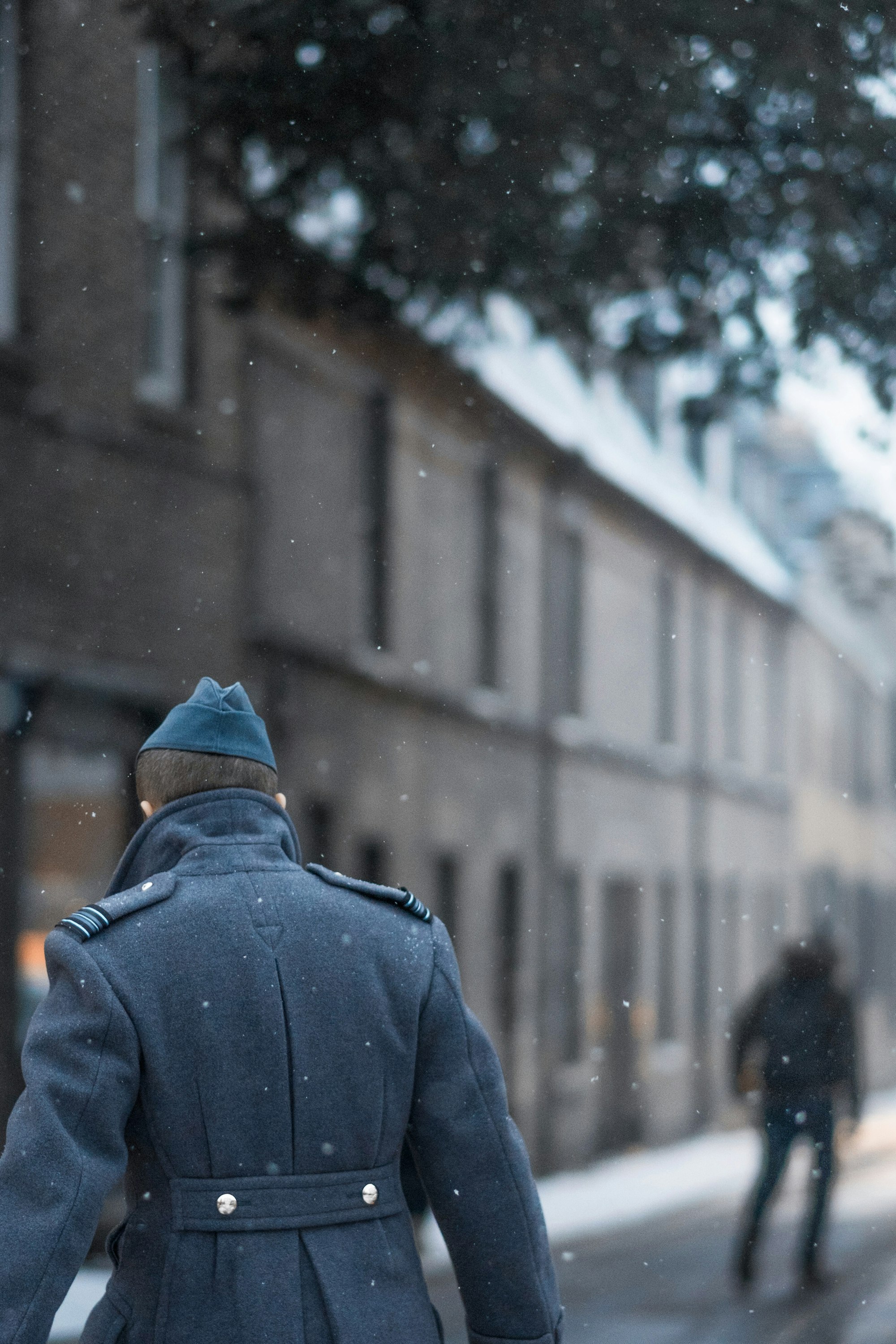Post-war Vienna

A city of rubble and shortages. The black market thrived. The currency was revalued and overnight people's saving evaporated. Food was scarce and you could pay a fortune just for a simple loaf of bread.
We may not have any understanding of this but we did experience the price of bread. A rather nice looking stall at the market this morning had a small rye loaf which looked nice. So I pointed to it, it was wrapped and then the price announced €8.90. I'll type that again in case you think it was a typo €8.90! Not knowing the German for "you know where you can stick it" and being a reserved Englishman I paid with only the most minor intake of breath and raising of the eyebrows.
To be fair, it is hand-made, organic and very heavy and having just eaten a slice (about €1.10 a slice) it is very good. But that price is ridiculous!
We'd gone back'to the market to see the famous Saturday morning flea market. Lots of stalls, some selling antiques and others personal car boot type stalls. Well, what a lot of tat!! The was some very weird stuff there but much of it was abject junk. Needless to say we bought nothing.
Another local brewery to rest our legs before today's museum. A hint

Yes Vienna has a museum dedicated to the 1949 film The Third Man, which, of course, was shot there. In fact here's one of the type of camera that at least one sequence was shot on

Now, like us, you might think a museum dedicated to such a niche as a single film might not hold the attention for too long. Well, we were there 2 hours and didn't read everything. It's huge, spanning 3 separate apartments in a downtown block. In fact after you'd toured the rooms in one apartment you'd be lead back into the street and in to an adjacent apartment for the next part of the museum.
A real labor of love. Not just photographs, bill boards, reviews, artist career resumés etc but real artifacts from the film such as Trevor Howard's original script, complete with on-set annotations
 Also Little Hansel's (Herber Halbik) original cap and even the original zither which Anton Karas played for the film.
Also Little Hansel's (Herber Halbik) original cap and even the original zither which Anton Karas played for the film.
Now there's an interesting story - Karas was playing the zither in a restaurant where the cast went to eat. The director Carol Reed (that's a male name by the way) immediately decided that the zither would be exactly the soundtrack he needed and asked Karas if he'd be able to compose the music for the film. Karas had already written the tune that was to become famous as Harry Lime's Theme several years previously but didn't play it because it was too demanding and dinner audiences wanted something simpler and more familiar. Karas went on to become an international star for quite a while before returning to Vienna to open his own successful restaurant.
To authenticate the experience a short clip was played on period projector which makes you realise just how noisy they were, projectionists must have gone deaf

The final of the 3 sets of rooms featured a fascinating history of pre-war and particularly post-war Vienna. Lots of original archive material, including some unique photographs taken by an amateur photographer from his 2nd or 3rd storey apartment in Gumpendorfer Straße. These document the arrival of Russian troops into Vienna, then the Americans and French. Probably the only real contemporary photographs other than military ones. I deliberately didn't joke too much about the bread prices at that time as one photo shows a queue for a bakers that goes almost around the block. Food shortages were very, very real!
A fascinating museum well worth the entry fee and wonderful to see such a fantastic fanaticism
